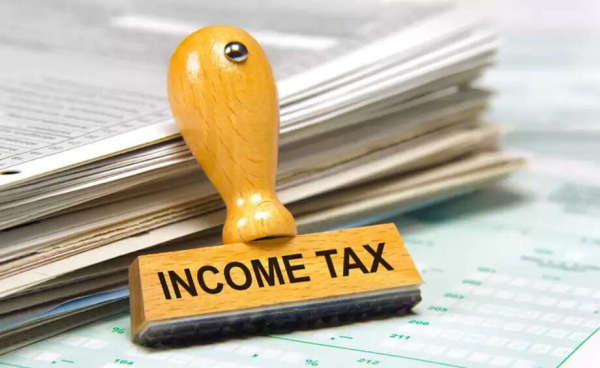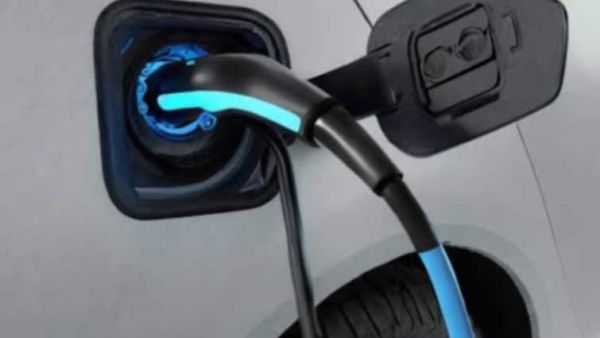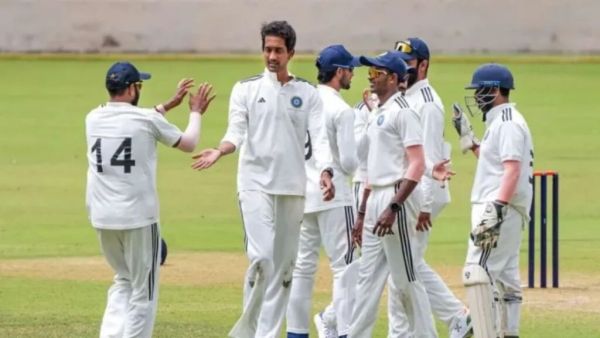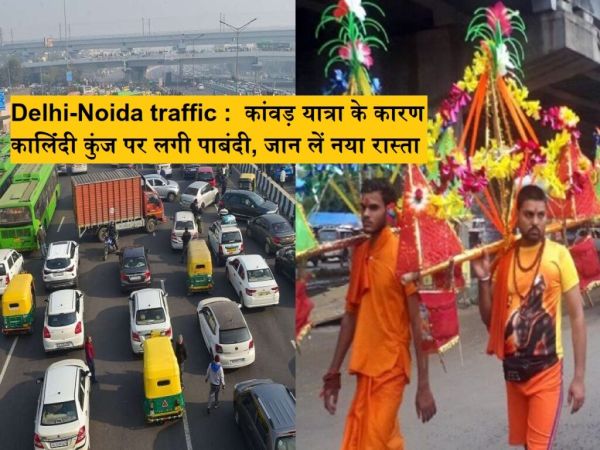While Delhi-NCR strictly enforces the rule of scrapping 10-year-old diesel and 15-year-old petrol vehicles, there’s one class of vehicles that gets a free pass: vintage cars, some of which are 50, 80, even 100 years old. These classic machines, despite being older than many buildings, are not only spared from deregistration and scrapping but are still legally allowed to run on roads, albeit on special occasions.
So how do these vintage cars manage to defy the same age-based restrictions that send lakhs of ordinary vehicles to the junkyard each year?
What the Law Says
Across India, the law mandates that diesel vehicles older than 10 years and petrol vehicles older than 15 years must be deregistered. This is especially stringently enforced in pollution-struck Delhi-NCR. Once deregistered, such vehicles are barred from being driven and must either be scrapped or transported outside NCR boundaries.
But vintage cars are a legal exception.
According to a notification issued by the Ministry of Road Transport and Highways, vehicles that are over 50 years old and meet specific heritage criteria can be registered as vintage motor vehicles. Once classified under this category, they are subject to a different set of rules and enjoy certain privileges, such as exemption from regular fitness tests and pollution checks.
Why Vintage Cars Are Exempt
The government considers vintage cars to be “heritage assets”, symbols of history and culture, not just machines. Their restricted use, typically limited to exhibitions, shows, vintage rallies, weddings, and sometimes film or photo shoots (with prior approval), ensures they have negligible impact on pollution, traffic, or road safety.
Unlike regular cars that are part of everyday traffic and congestion, vintage vehicles rarely make an appearance on public roads. As a result, authorities treat them more as collector’s items or museum pieces rather than functioning vehicles contributing to environmental degradation.
What Qualifies As A Vintage Car?
In India, any motor vehicle that is over 50 years old from its date of first registration, and has not undergone substantial modification, can be registered as vintage. As of now, that includes vehicles manufactured before 1974. Globally, definitions vary.
The UK generally considers 1930 as the cutoff year for vintage cars, while some American standards go as far back as 1925. The golden age of vintage car manufacturing is widely regarded to be between 1919 and 1930, known as the “vintage era”.
These vehicles lack modern technology – no electronic fuel injection, no power steering, no ABS. Yet they remain valuable for their design, craftsmanship, and nostalgia.
Oldest Vintage Car In The World
The oldest known vintage car still running is the La Marquise, built in 1884 by French companies De Dion-Bouton et Trepardoux. Fuelled by coal, wood, and paper, the steam-powered car has a top speed of 61 km/h. It has been auctioned multiple times and continues to be operational.
Oldest Vintage Car In India
India is home to an estimated 3,000 vintage cars, collectively valued at around Rs 350 crore. While not in the tens of thousands, their presence is significant, more symbolic than substantial.
The oldest surviving vintage car in India is believed to be a 1911 Mercedes Knight. Other prized models include the 1925 Phantom Rolls Royce, the 1935 Buick Series 40, and the 1947 Packard Clipper. From the 1910s to the 1950s, Indian royal families amassed luxurious fleets that today form the core of the country’s vintage car collections.
Brands like Rolls Royce, Bentley, Packard, Delahaye, Cadillac, Daimler, Ford, Mercedes-Benz, and Buick are part of this regal heritage.
Who Owns These Cars?
Most vintage cars in India are housed in private collections – primarily by royal families and wealthy industrialists. The royal houses of Udaipur, Jaipur, Hyderabad, Junagadh, Gwalior, and Baroda still maintain opulent garages with their ancestral cars.
Business magnate Gautam Singhania is one of the country’s most renowned collectors. The late Pranlal Bhogilal of Ahmedabad, who once held a Guinness World Record for the largest collection of vintage and classic cars, is another notable name.
Special Rules For Vintage Cars
Once approved as vintage, the cars receive a special number plate in the following format: ‘XX VA YY ####’, where:
- XX = State Code
- VA = Vintage Automobile
- YY = Year of Registration
- #### = Serial Number
Their use, however, is tightly regulated:
- Fitness Certificate: Required only once every 5 years
- Pollution Check: Not mandatory
- Usage: Restricted to rallies, exhibitions, weddings, photoshoots, or state-approved events
- Insurance: Third-party insurance is mandatory. Some insurers also offer tailor-made classic car policies.
Despite the leniency, vintage cars can still be fined or challaned if found operating in public spaces without permission or violating traffic rules.
In a time when old cars are being culled in the name of climate action and urban planning, vintage cars remain rolling artifacts – treasured not for utility, but for legacy. They may guzzle more fuel and lack modern safety features, but their rarity, aesthetic, and historical value place them in a category all their own.









